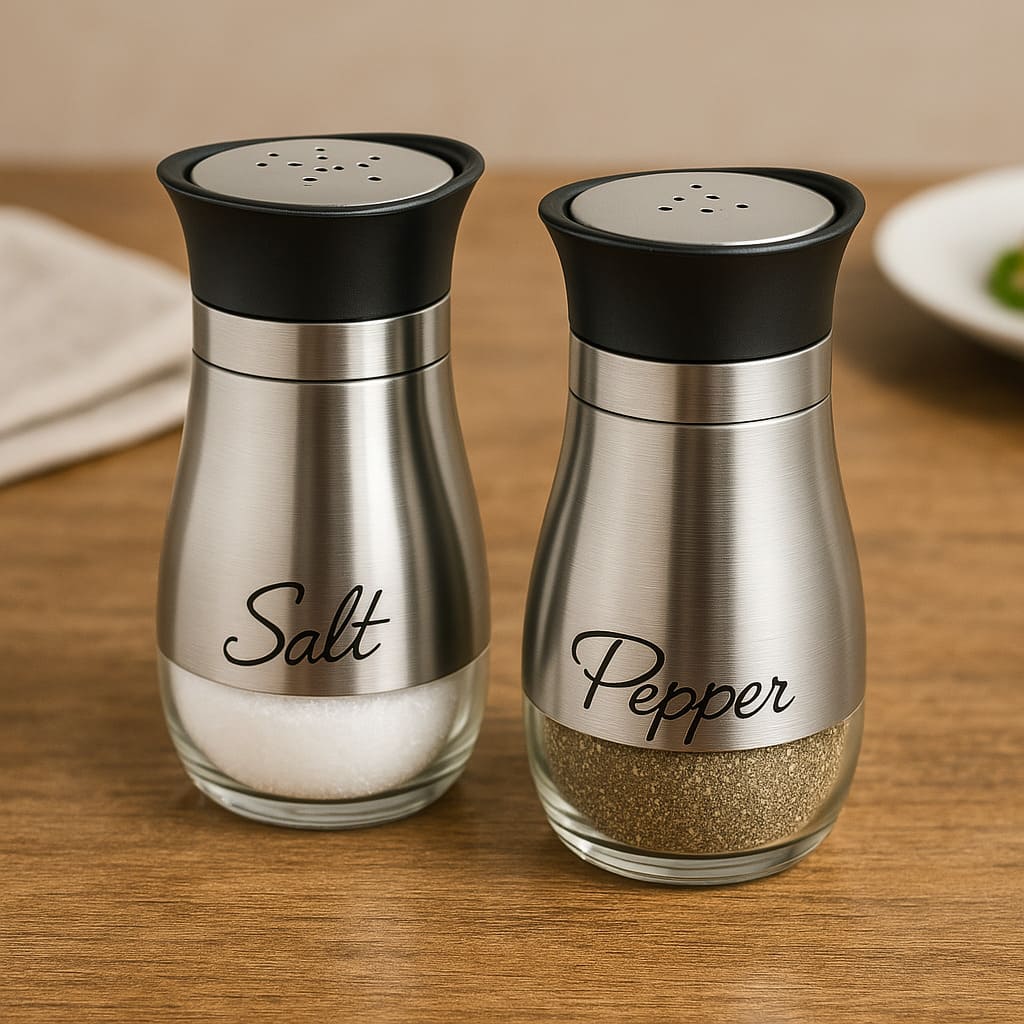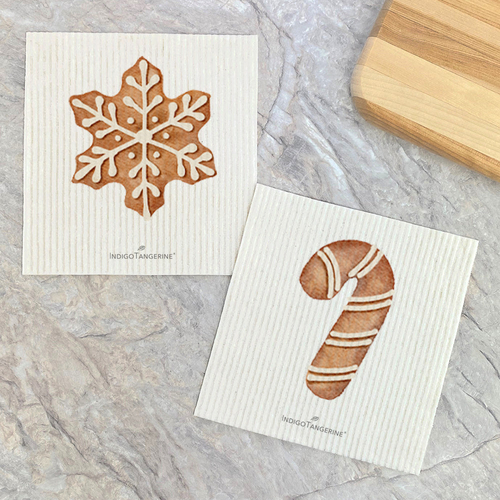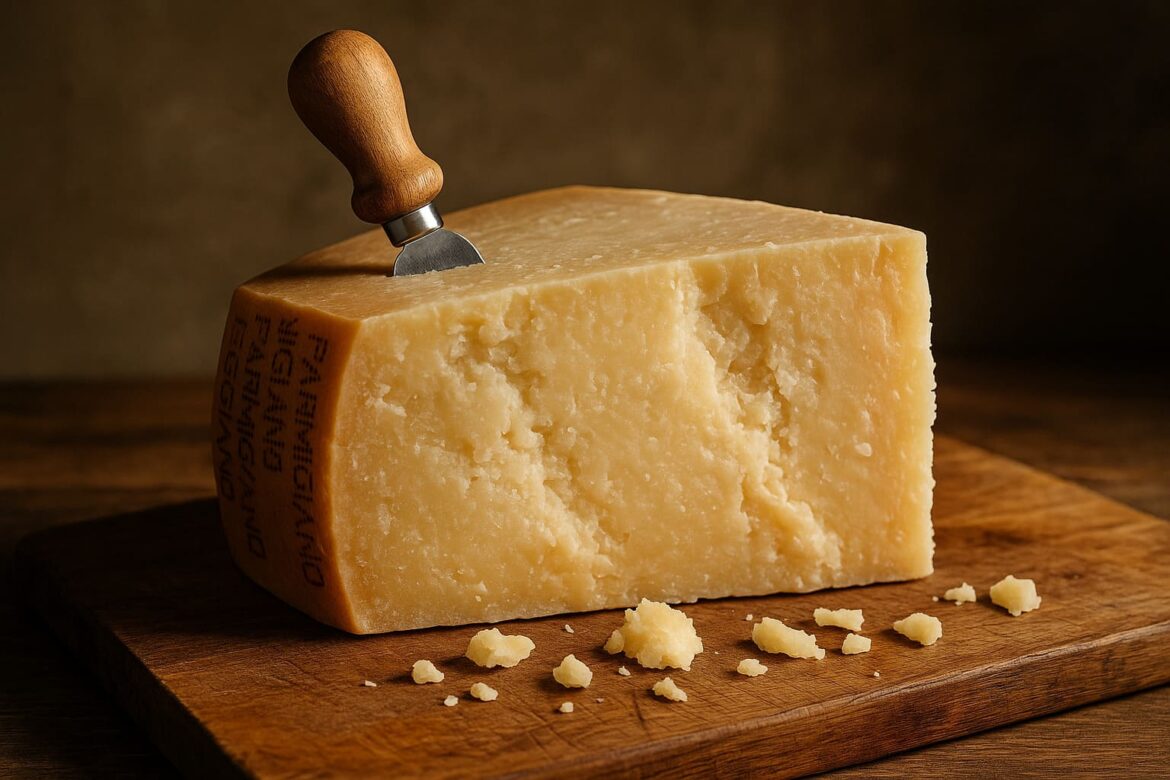Picture this: you’re in your kitchen, channeling your inner Italian nonna, ready to craft the most luscious, velvety pasta sauce. You have your pasta simmering, the aroma of garlic fills the air, and now for the finishing touch—a generous handful of Parmesan cheese. You toss it in, expecting a smooth, melted cheese dream, but instead, you get a clumpy, stringy, or even oily mess. It’s a frustratingly common experience. This leads to the crucial question that has stumped many home cooks: does Parmesan cheese melt?
The short answer is yes, but probably not in the way you think. Unlike mozzarella or cheddar, which give you that satisfying, stretchy “cheese pull,” Parmesan behaves very differently when heated. This comprehensive guide will dive deep into the science behind melting Parmesan, explain why it’s so unique, and provide you with all the tips and tricks you need to achieve a perfectly smooth, clump-free result every single time. Get ready to transform your sauces, elevate your dishes, and finally master the art of melting this iconic Italian cheese.
The Science of the Melt: Why Parmesan is Different
To understand how to melt Parmesan correctly, we first need to understand why it resists melting in the first place. The meltability of any cheese is determined by a delicate balance of moisture, fat, and protein structure. This is where Parmesan, especially authentic Parmigiano Reggiano, stands apart from its softer cousins.
The Critical Role of Moisture Content
The primary reason Parmesan doesn’t melt into a gooey pool is its incredibly low moisture content. Cheeses like mozzarella or a young cheddar are relatively high in water. When heated, this water turns to steam, helping the cheese’s protein and fat network to loosen up and flow into a liquid.
Parmesan, on the other hand, is a hard, aged cheese. The aging process, which can last from 12 months to over 36 months, is specifically designed to draw out water. A typical block of Parmesan has a moisture content of around 30%. This lack of water means there’s not enough steam produced during heating to allow the cheese to become fluid and stretchy. Instead of melting, the proteins and fats simply toast and can separate, which is why you sometimes end up with a greasy or gritty texture.
It’s All About the Protein and Fat Structure
As cheese ages, its protein strands (casein) tighten up and form a very strong, rigid mesh. In young, high-moisture cheeses, this mesh is loose and breaks down easily with heat. In aged Parmesan, this protein structure is so compact that it requires very high temperatures to break down.
However, if you apply too much heat too quickly, you run into another problem. The fat in the cheese will separate from the proteins before the protein mesh has a chance to relax. This process, known as “breaking,” results in an oily puddle with tough, clumpy bits of protein—the exact opposite of the creamy sauce you were hoping for. Have you ever experienced this? It’s a common pitfall when you’re learning how to melt cheese of this variety.
The Impact of Real Parmigiano Reggiano
It’s important to distinguish between authentic Parmigiano Reggiano and the generic “parmesan” you might find in a shaker can at the grocery store. True Parmigiano Reggiano is a Protected Designation of Origin (PDO) product, meaning it must be produced in a specific region of Italy following strict guidelines, as detailed by the Parmigiano Reggiano Consortium.
This authentic cheese contains no additives. The powdered versions sold in many stores often contain anti-caking agents like cellulose or potato starch. These additives are designed to prevent the shredded Parmesan cheese from clumping in the container, but they also severely inhibit its ability to melt smoothly into a sauce. For the best results, always start with a wedge of real Parmigiano Reggiano and grate it yourself just before using.
How to Perfectly Melt Parmesan Cheese: A Step-by-Step Guide
So, if the science seems stacked against us, how do we achieve that coveted creamy texture? The secret lies not in fighting the cheese’s nature, but in working with it. The goal is not to create a stringy, melted cheese like you’d find on a pizza, but to get the Parmesan to soften and seamlessly integrate into a liquid base.
The 4 Golden Rules for Melting Parmesan
Before you even turn on the stove, commit these four rules to memory. They are the foundation for success.
- Grate It Finely: The smaller the particle size, the faster and more evenly the cheese will melt. Use a microplane or the smallest holes on your box grater for a fine, powdery consistency. This exposes more surface area to the heat, preventing the need for excessive temperatures.
- Use Low Heat: This is the most critical rule. High heat is the enemy of Parmesan; it will cause the proteins to seize and the fat to separate. Always use low, gentle heat and have patience. Never add Parmesan to a boiling liquid.
- Incorporate It Off the Heat: The best practice is to finish your sauce, remove the pan from the direct heat source, and then gradually stir in the cheese. The residual heat of the sauce is often enough to melt the finely grated Parmesan without the risk of breaking.
- Introduce a Starch or Emulsifier: Parmesan melts best when it has something to bind to. Incorporating it into a base that contains a starch (like a flour-based roux) or an emulsifier (like the egg yolks in a carbonara or the heavy cream in an Alfredo sauce) will help keep the fats and proteins together, resulting in a stable, creamy sauce.
A Practical Example: The Perfect Alfredo Sauce
Let’s put this into practice. A classic Alfredo sauce is the ultimate test for melting Parmesan.
I remember my first attempt at a true Alfredo sauce. I had just returned from a trip to Rome and was determined to recreate the magic. I melted some butter, poured in the cream, brought it to a simmer, and then dumped in a whole cup of pre-grated Parmesan cheese. The result? A disaster. It was a clumpy, oily mess that bore no resemblance to what I had in Italy. That failure taught me the importance of technique.
Here is the right way to do it:
- Prepare Your Ingredients: Finely grate a generous cup of high-quality Parmigiano Reggiano and let it sit out to come to room temperature. This prevents the shock of cold cheese hitting a warm sauce.
- Create the Base: In a saucepan over low-medium heat, gently melt a few tablespoons of butter. Pour in one cup of heavy cream and warm it through until it’s steaming slightly, but not boiling.
- The Critical Moment: Turn the heat down to the absolute lowest setting, or remove the pan from the burner entirely.
- Gradual Incorporation: Begin adding the grated Parmesan a small handful at a time. Whisk constantly as you add the cheese. Don’t rush this step! Allow each addition to almost fully melt and integrate before adding the next.
- Achieve Emulsification: Continue whisking until the sauce is smooth, creamy, and has thickened slightly. The constant motion helps the cheese emulsify with the cream and butter. Season with salt, pepper, and a pinch of nutmeg, and serve immediately over hot pasta.
This patient, gentle method is the key. You’re not just melting cheese; you’re building a stable emulsion.
Creative Uses for Parmesan: Beyond the Sauce
While mastering a smooth sauce is a worthy goal, Parmesan’s unique properties open the door to other delicious applications where its “non-melting” nature is actually an advantage.
Making Crisps in the Oven or Air Fryer
Because Parmesan doesn’t flow when heated, it’s perfect for making frico, or cheese crisps.
- Method: Simply spoon small mounds of grated Parmesan onto a baking sheet lined with parchment paper. You can do this in a conventional oven at 200°C (400°F) for 3-5 minutes or even in an air fryer for 2-3 minutes at 190°C (375°F). Watch them closely! They’re done when they are golden brown and bubbly. Let them cool for a minute to become wonderfully crisp. They are a fantastic gluten-free cracker substitute or a crunchy topping for salads and soups.
Can You Use Parmesan in a Grilled Cheese?
This is a question many people ask. While you technically can, it’s not ideal for the starring role. A grilled cheese sandwich made with only Parmesan won’t have that classic gooey, stretchy quality. The cheese will simply toast and become slightly greasy inside the bread.
However, you can use it as a flavor enhancer! Try making a grilled cheese with a good melting cheese like Fontina or Gruyère on the inside, and then spreading a layer of grated Parmesan mixed with softened butter on the outside of the bread. When you grill it, the Parmesan will form an incredibly savory, crisp, and golden-brown crust. It’s a next-level grilled cheese experience.
Frequently Asked Questions (FAQ)
Q1: Why does my grated Parmesan cheese clump up instead of melting? Clumping is almost always caused by two things: high heat and/or the presence of anti-caking agents. If you add Parmesan to a liquid that’s too hot, its proteins cook too quickly and seize up. If you’re using pre-grated Parmesan cheese from the grocery store, the added cellulose will prevent it from melting smoothly. For best results, use freshly grated Parmigiano Reggiano and add it to your sauce off the heat.
Q2: Does shredded Parmesan cheese melt better than grated? The fineness of the cheese is what matters most. Whether you call it shredded or grated, the key is to make the pieces as small as possible. A microplane grater produces the finest, most delicate strands that will dissolve into a sauce much more easily than thicker shreds from a standard box grater.
Q3: Can you melt Parmesan in the microwave? It is not recommended. A microwave heats unevenly and very quickly, making it almost certain that the Parmesan will break, turning into a separated mess of hardened protein and oil. Stick to the gentle, low-heat method on the stovetop for sauces.
Q4: What is the best melting cheese for pasta? For a classic creamy sauce, a well-integrated Parmesan is king for flavor. For a stretchy, “cheesy” pasta bake, you’ll want to use cheeses with higher moisture content like mozzarella, Fontina, or provolone. A combination often works best: mozzarella for the melt and stretch, with Parmesan mixed in for its sharp, nutty flavor. For more information on cheese science, a resource like Serious Eats offers excellent deep dives.
Conclusion: Embrace the Beauty of Parmesan
So, does Parmesan cheese melt? Yes, it absolutely does, but it does so on its own terms. It doesn’t liquefy into a stretchy, gooey pool. Instead, it softens, toasts, and, with the right technique, integrates beautifully into liquids to create sauces with unparalleled depth and flavor.
The key takeaway is to respect its low-moisture, aged character. By grating it finely from a quality block of Parmigiano Reggiano, using low and indirect heat, and incorporating it gradually into an emulsifying base like heavy cream, you can avoid the dreaded clumps and achieve a perfectly smooth sauce. Whether you’re making a classic Alfredo sauce, a savory carbonara, or crispy frico in your air fryer, understanding the science and technique behind melting this cheese will fundamentally change your cooking for the better. Now, go forth and create your own creamy, delicious masterpieces with confidence.







